| Size | Trade Gallons, Two Gallons, Three Gallons |
|---|
Myrica cerifera – Wax Myrtle (B&B.DR.DRGHT.EVR.FRG.H.M.MTH.OP)
$40.00
Ecosystem Services:
(B)-Birds (B&B)-Birds & Butterflies
(BTF)-Butterflies (BW)-Black Walnut Resistant
(DR)-Deer Resistant (DRGHT)-Drought Resistant
(EC)-Erosion Control (EVR)-Evergreen
(FC)-Fall Color (FRG)-Fragrant
(GRD)-Groundcover (H)-Host plant
(HMR)-Hummingbirds (M)-Mammals
(MTH)-Moths (N)-Nectar
(NB)-Native Bees (NST)-Nesting Material
(OP)-Other pollinators (RR)-Rabbit Resistant
(SHWY)-Showy (SPC)-Specimen Plant
Wax myrtle is a broadleaf evergreen shrub or tree in the bayberry family (Myricaceae) that may grow 20 to 25 feet tall and 8 to 10 feet wide, but usually is much shorter.
Wax myrtle is easily grown in average, medium to wet soils in full sun to dappled or partial shade. It even grows in the elusive dry shade. It does best when initially grown with constant moisture, but once established in the landscape it will grow in a wide range of soil conditions ranging from wet swampy areas to dry xeric uplands.
Wax myrtle usually requires both male and female plants for good berry production. The shrub tends to sucker, sometimes forming sizable colonies in optimum growing conditions. It is tolerant of high winds, sterile soil and salt spray and may be grown in seaside areas.
Host plant for the Red-Banded, Banded Hairstreak, the Io and Polyphemus Moths. These berries are an important food source for Warblers in the fall during their southern migration journey.
Only logged in customers who have purchased this product may leave a review.

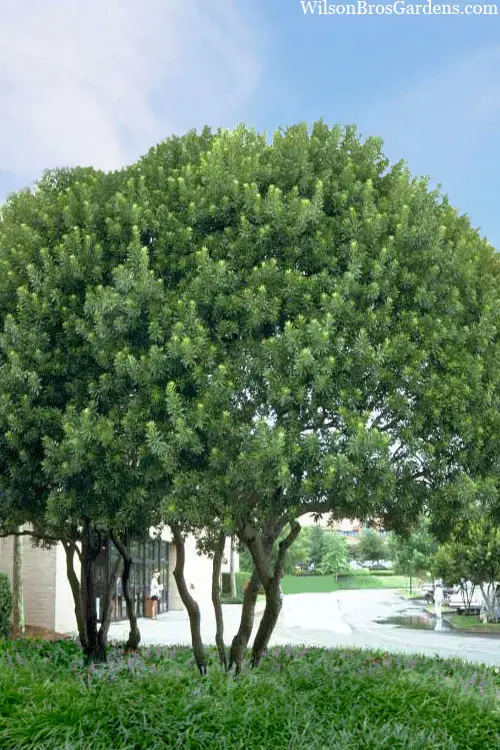
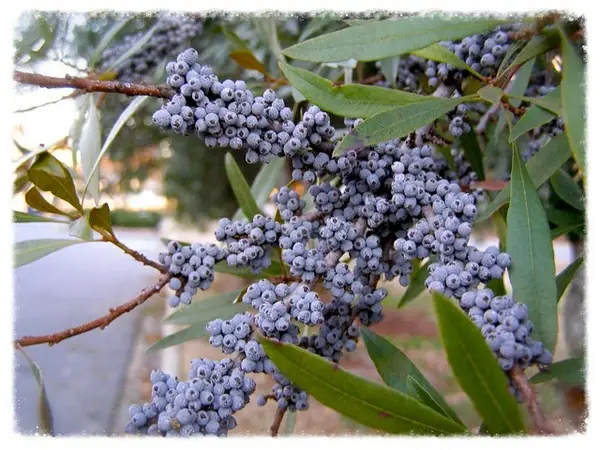
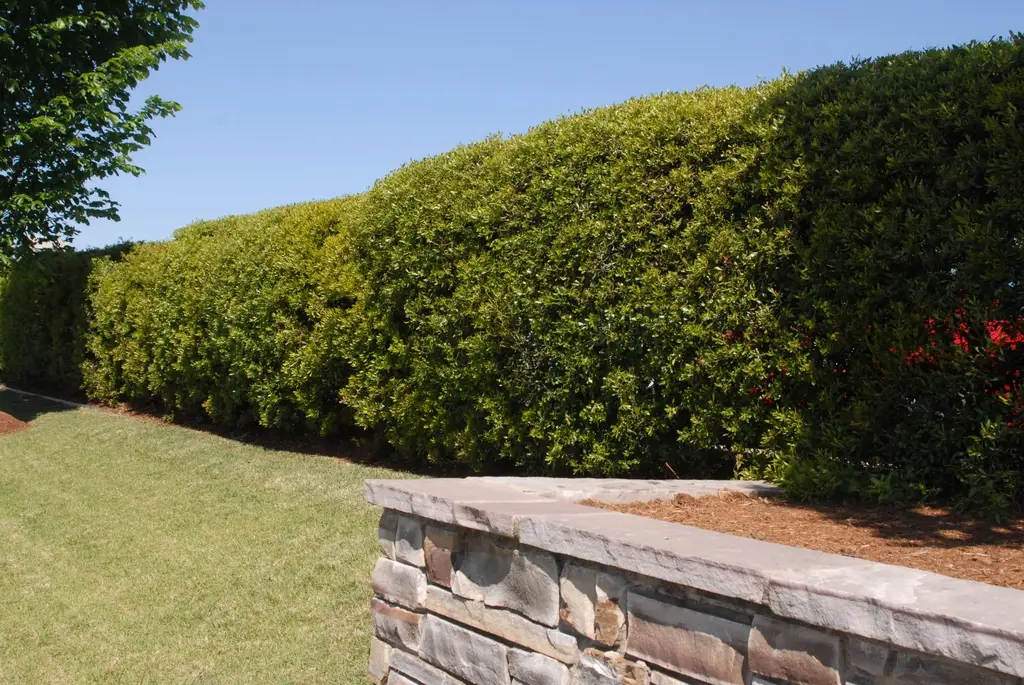
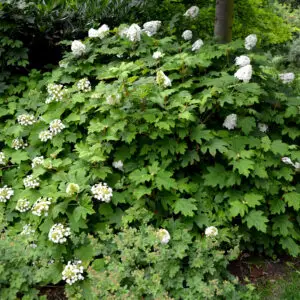
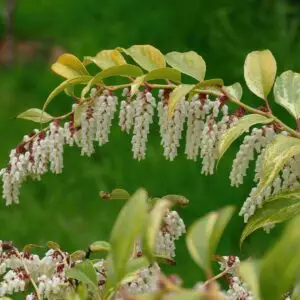
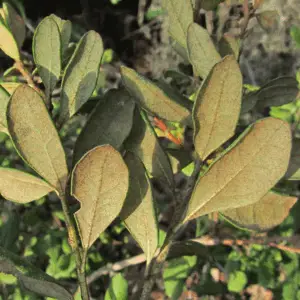
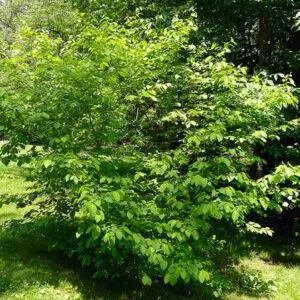
Reviews
There are no reviews yet.